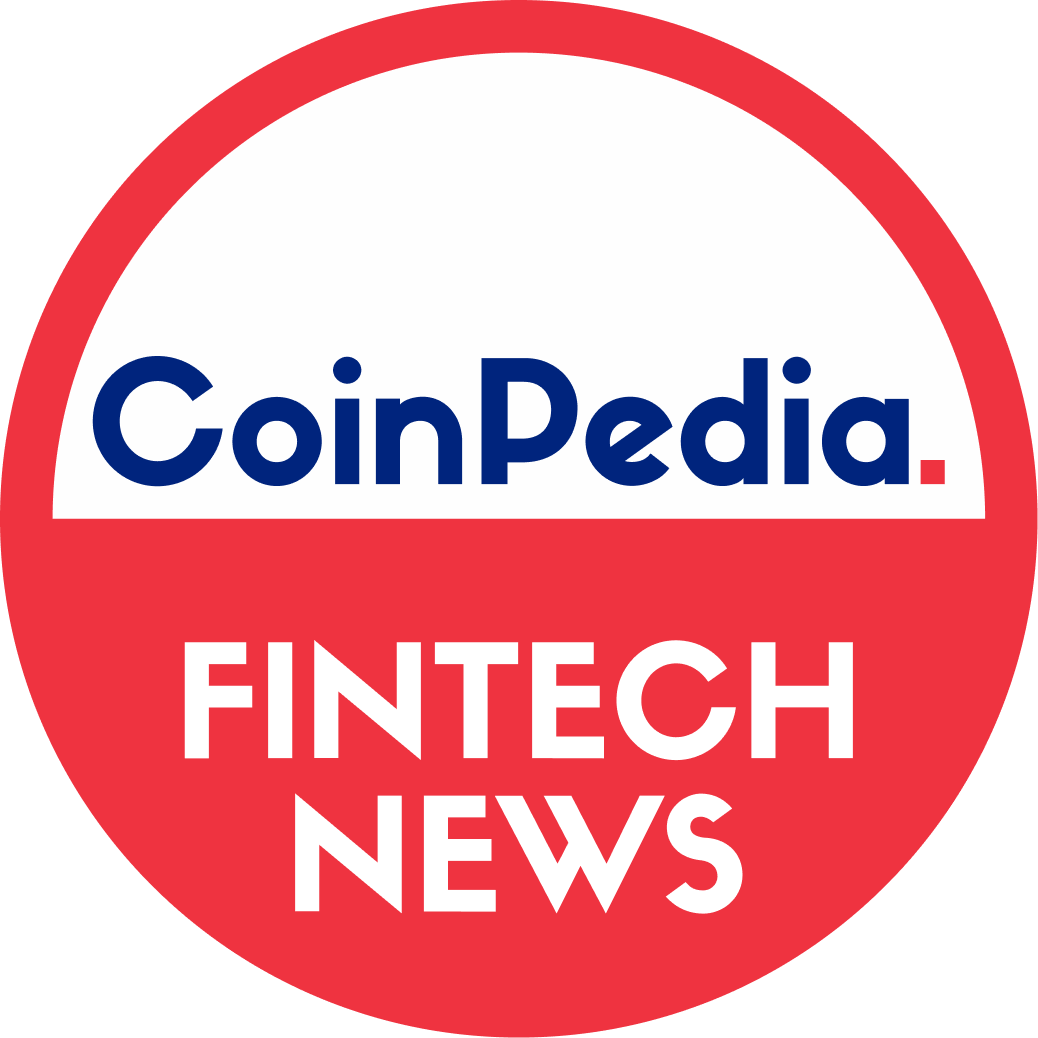| Get all the essential market news and expert opinions in one place with our daily newsletter. Receive a comprehensive recap of the day’s top stories directly to your inbox. Sign up here! |
 (Kitco News) – The Ordinals Protocol, which enables inscriptions to be placed on individual satoshi units of Bitcoin – effectively creating non-fungible tokens (NFTs) on the Bitcoin blockchain – has just introduced a new method to overcome Bitcoin’s 4 MB per block size limit.
(Kitco News) – The Ordinals Protocol, which enables inscriptions to be placed on individual satoshi units of Bitcoin – effectively creating non-fungible tokens (NFTs) on the Bitcoin blockchain – has just introduced a new method to overcome Bitcoin’s 4 MB per block size limit.
The new method, called recursive inscriptions, enables Ordinals inscriptions to reference the content of another inscription, allowing that data to be stored on Bitcoin more efficiently and enabling larger NFT file sizes
“Inscriptions can now use a special “/-/content/:inscription_id” syntax to request the content of other inscriptions,” said pseudonymous developer Leonidas, who’s building the Ord.io marketplace for inscriptions. “This simple change unlocks many powerful use cases.”
Leonidas gave the example of inscribing 10,000 JPEG files for a picture of proof (PFP) collection, which would be very expensive to do individually.
“You could inscribe the 200 traits from the collection and then make 10,000 more inscriptions that each use a small amount of code to request traits and programmatically render the image,” he said. “The result is the same. The art is just stored on-chain in a much more efficient way which could have saved over a million dollars in transaction fees in the case of Bitcoin Apes.”
Leonidas described how the process has already been used by OnChainMonkey to inscribe packages of code that anyone can call.
“They inscribed the p5.js and Three.js npm packages fully on-chain and then used recursion to make calls to those packages from the inscriptions in their upcoming Dimensions drop which allowed them to create beautiful 3D art in under 1 KB,” he said. “Now that these packages are inscribed to Bitcoin they are a public good for everyone to use to make cool generative art inexpensively. And the best part is that anyone can do this.”
Looking to the future, Leonidas entertained the idea of multiple developers uploading packages of code to create a large repository for other developers to build upon.
“This would unlock powerful use cases that could never be done in under 4 MB,” he said. “The most complex pieces of software are just a bunch of code compiled together after all. Now it becomes possible to put a complex 3D video game fully on-chain on Bitcoin. The sky is the limit.”
“Bitcoin is essentially getting an internal internet where every file can request data from the other files on Bitcoin. It’s unclear yet exactly how people will use this but it is undoubtedly an important moment in the history of Bitcoin,” Leonidas concluded.
According to Yehudah Petscher, NFT strategist at Forkast Labs, the release of recursive inscriptions “means that the 4MB size limit for Bitcoin NFTs is effectively gone. We could see on-chain video games, applications, generative art, and probably Bitcoin’s version of smart contracts. This is quite a big deal, and another milestone in Bitcoin’s roadmap to one day potentially flipping the Ethereum NFT ecosystem.”
Ordinals have emerged as the biggest development for the Bitcoin network in years, as they bring a new use case to the blockchain and help capture some of the momentum of NFTs for the Bitcoin community.
Data provided by Dune Analytics shows that to date, there have been nearly 11.7 million inscriptions made costing roughly 1,703 BTC ($44.13 million) in fees.
While many in the community have welcomed this development, others have bemoaned the rise in transaction costs that have resulted from the higher level of traffic on the network. Although transaction costs have declined in recent weeks after the initial excitement for Ordinals began to wane, this latest update could potentially lead to a resurgence in Ordinals activity as developers explore all that recursive inscriptions have to offer.
Disclaimer: The views expressed in this article are those of the author and may not reflect those of Kitco Metals Inc. The author has made every effort to ensure accuracy of information provided; however, neither Kitco Metals Inc. nor the author can guarantee such accuracy. This article is strictly for informational purposes only. It is not a solicitation to make any exchange in commodities, securities or other financial instruments. Kitco Metals Inc. and the author of this article do not accept culpability for losses and/ or damages arising from the use of this publication.
Credit: Source link



 Bitcoin
Bitcoin  Ethereum
Ethereum  Tether
Tether  XRP
XRP  USDC
USDC  TRON
TRON  Lido Staked Ether
Lido Staked Ether  Dogecoin
Dogecoin  Figure Heloc
Figure Heloc  Cardano
Cardano  WhiteBIT Coin
WhiteBIT Coin  Wrapped stETH
Wrapped stETH  Bitcoin Cash
Bitcoin Cash  Wrapped Bitcoin
Wrapped Bitcoin  USDS
USDS  Wrapped eETH
Wrapped eETH  Chainlink
Chainlink  Binance Bridged USDT (BNB Smart Chain)
Binance Bridged USDT (BNB Smart Chain)  Monero
Monero  WETH
WETH  LEO Token
LEO Token  Zcash
Zcash  Stellar
Stellar  Hyperliquid
Hyperliquid  Coinbase Wrapped BTC
Coinbase Wrapped BTC  Ethena USDe
Ethena USDe  Litecoin
Litecoin  Sui
Sui  Avalanche
Avalanche  Hedera
Hedera  sUSDS
sUSDS  Shiba Inu
Shiba Inu  USDT0
USDT0  Dai
Dai  Uniswap
Uniswap  PayPal USD
PayPal USD  Mantle
Mantle  Cronos
Cronos  World Liberty Financial
World Liberty Financial  Toncoin
Toncoin  Ethena Staked USDe
Ethena Staked USDe  Canton
Canton  Polkadot
Polkadot  USD1
USD1  Rain
Rain  Bitget Token
Bitget Token  Aave
Aave  MemeCore
MemeCore